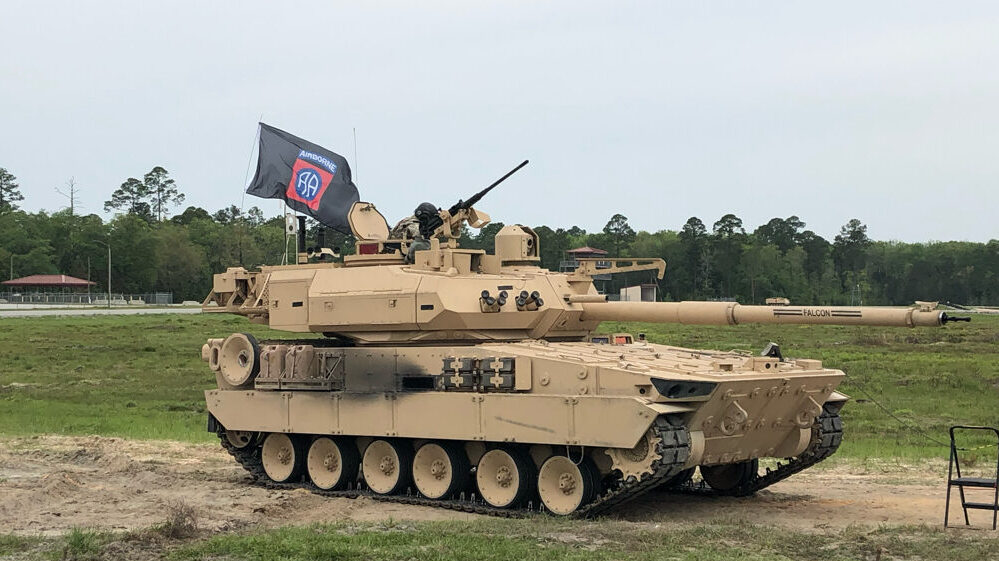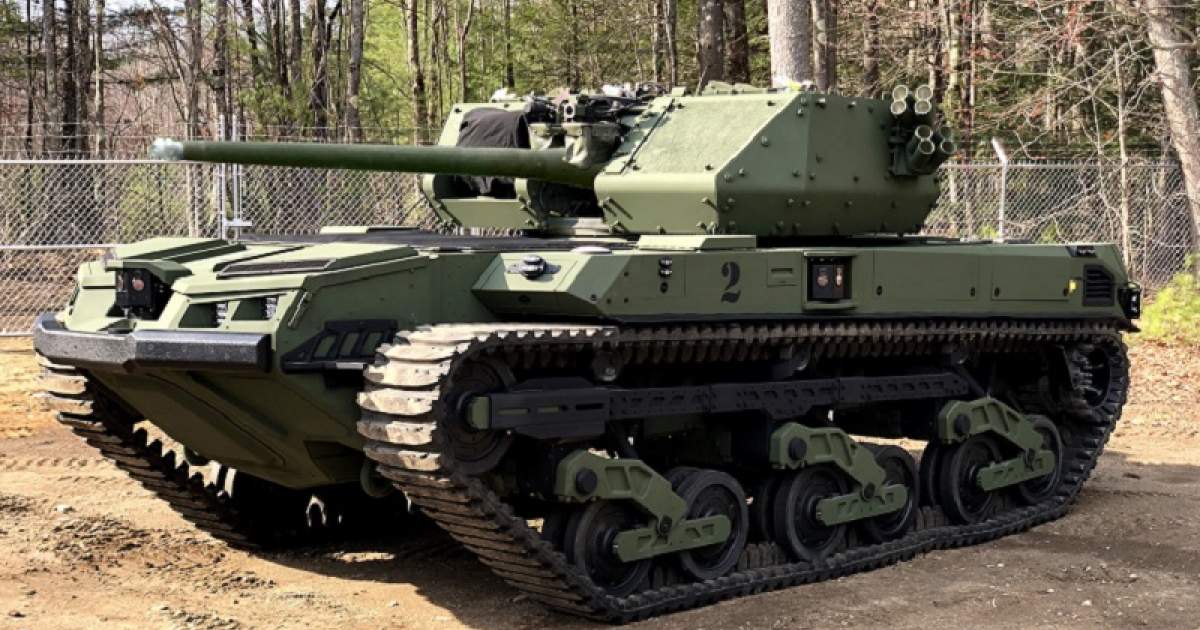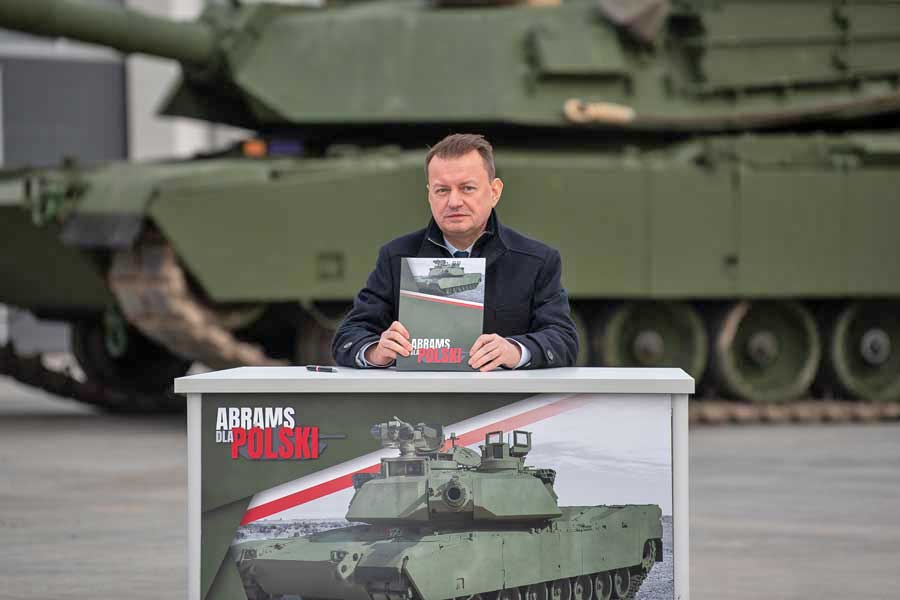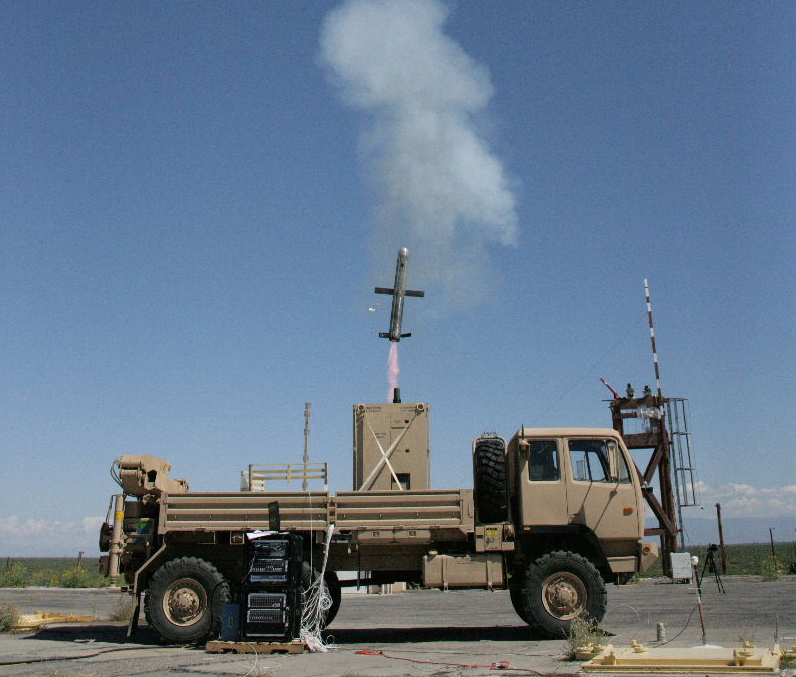Land forces are coincidentally at a conceptual broach point, as
Will Leben has articulated well:
are they (land forces) about close combat or strike? As usual, the answer is both. The answer is a matter of choosing the balance point between the close combat and strike. This needs deeper consideration, because few militaries, if any, can afford today to go all in on both close combat and strike. Further, it must be noted that an imbalance towards close combat is regressive, which needlessly risks blood and treasure. Conversely, an over reliance on strike platforms leads to great vulnerabilities when dispersion and surveillance is denied. Such conceptual balancing deeply influences vehicle design.



:quality(70)/cloudfront-us-east-1.images.arcpublishing.com/mco/NCST6WF5KRHUHLOLXTZE6TX6Y4.jpg)







